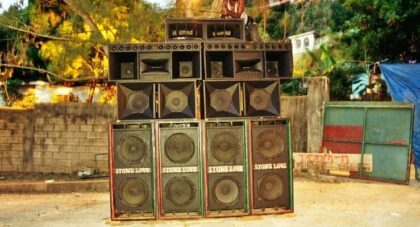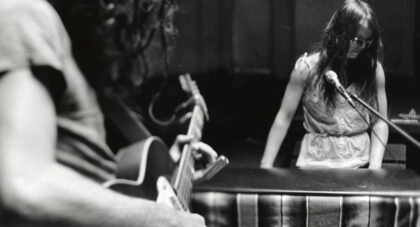The mystical notions of theosophy have inspired long artists like Sun Ra, Van Morrison, and Elvis Presley. With the publication of the 1905 text Thought Forms, Sacred Bones Records continues a long tradition of music and the occult intertwining in the pursuit of making the unknown knowable . . .
Only the good shit. Aquarium Drunkard is powered by its patrons. Keep the servers humming and help us continue doing it by pledging your support.
To continue reading, become a member or log in.


